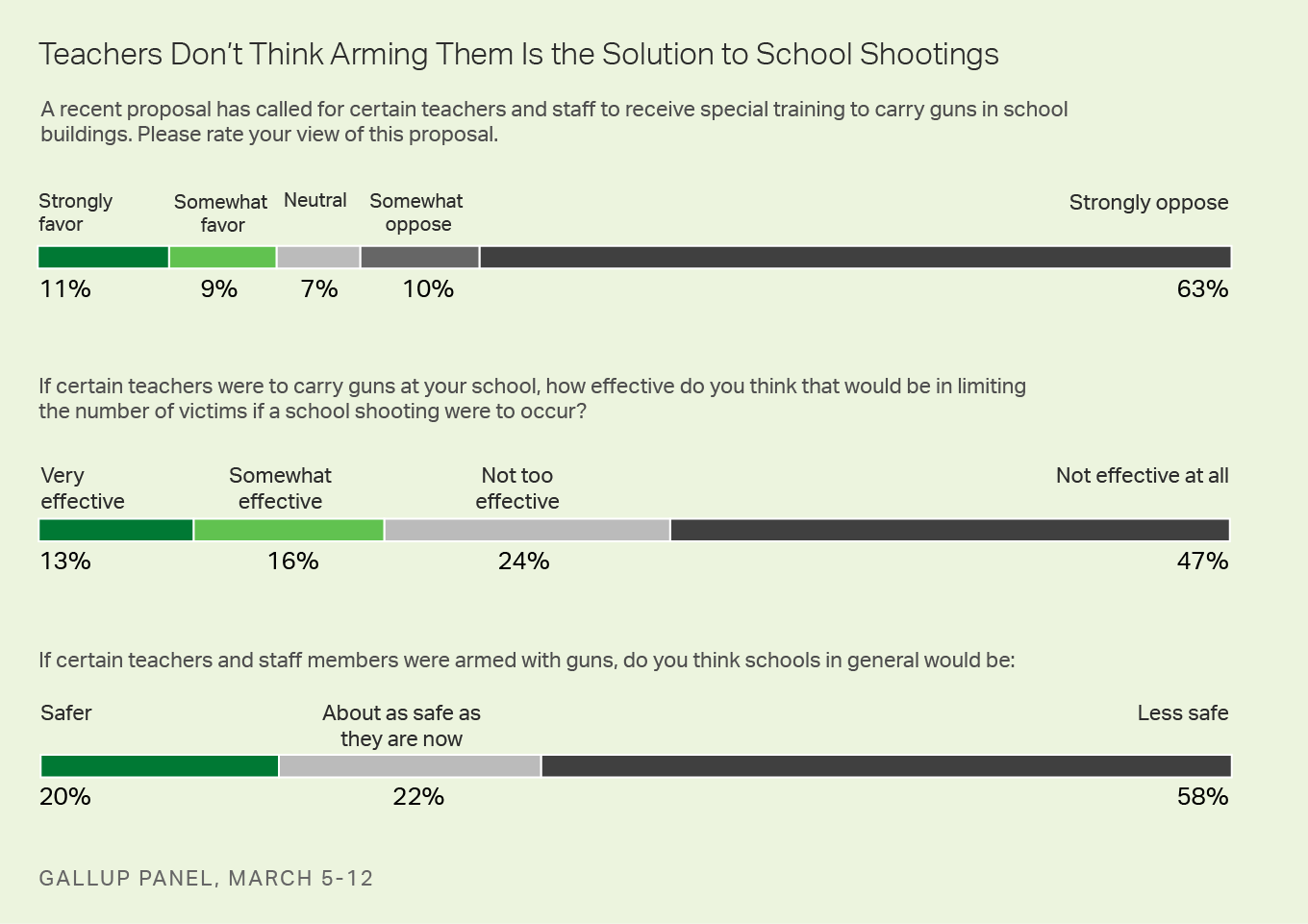School Choice May Be Accelerating Gentrification
The ability to opt out of a neighborhood school increases the likelihood that a black or Hispanic neighborhood will see an influx of wealthier residents.

“We were really curious to see what that relationship looked like at the national level,” said Pearman, now a professor at the University of Pittsburgh.
When he and that student, Walker Swain, looked at national data, a pattern emerged. The ability to opt out of the neighborhood school increased the likelihood that a mostly black or Hispanic neighborhood would see an influx of wealthier residents.
“As school choice expands, the likelihood that low-income communities of color experience gentrification increases,” Pearman said.
Their finding adds to the already-contentious policy debates over school choice, gentrification, and segregation. And now another study, focusing on Charlotte, North Carolina, has come to similar conclusions: Housing prices spiked in areas where students were given new ability to switch schools away from one deemed failing.
To choice advocates, this separation of available school options from segregated housing systems is a key feature. To critics like Shedd, it raises tough questions about whether those newcomers help or harm a community. “What is a neighborhood without a school?” she asks. “What is a school without a neighborhood?”
Pearman and Swain’s national study, published in the peer-reviewed journal Sociology of Education, looked at four different types of school-choice programs: magnet schools, charter schools, private school vouchers, and open enrollment across school districts.
When school choices are limited, poor communities with more white people are School Choice May Be Accelerating Gentrification - The Atlantic:













































